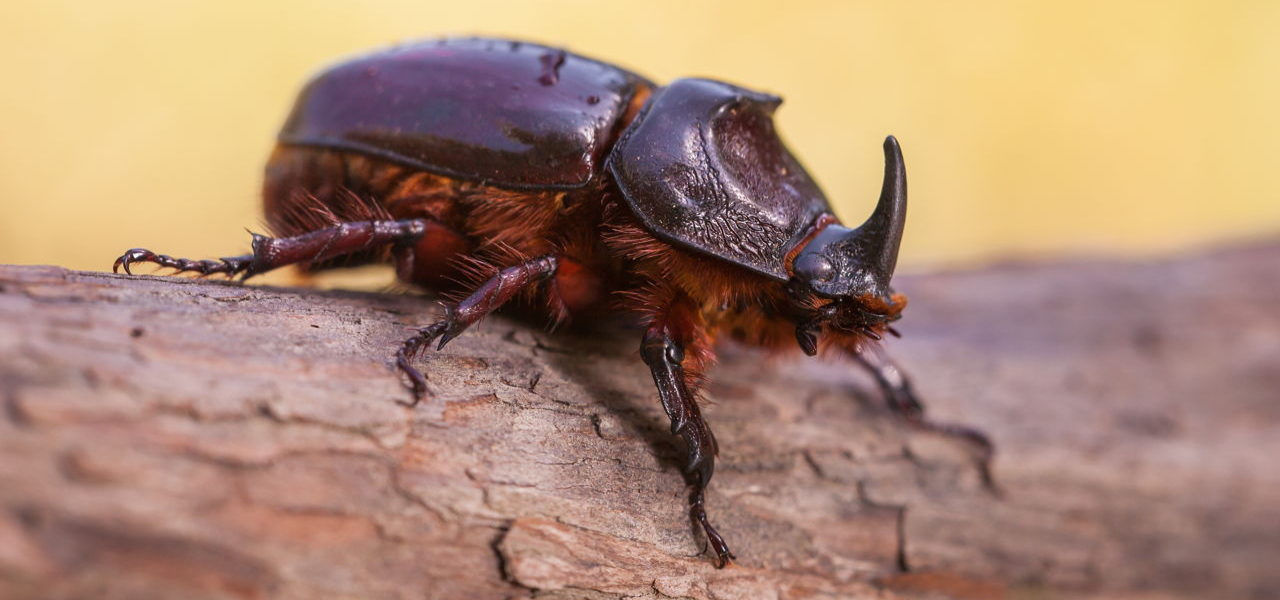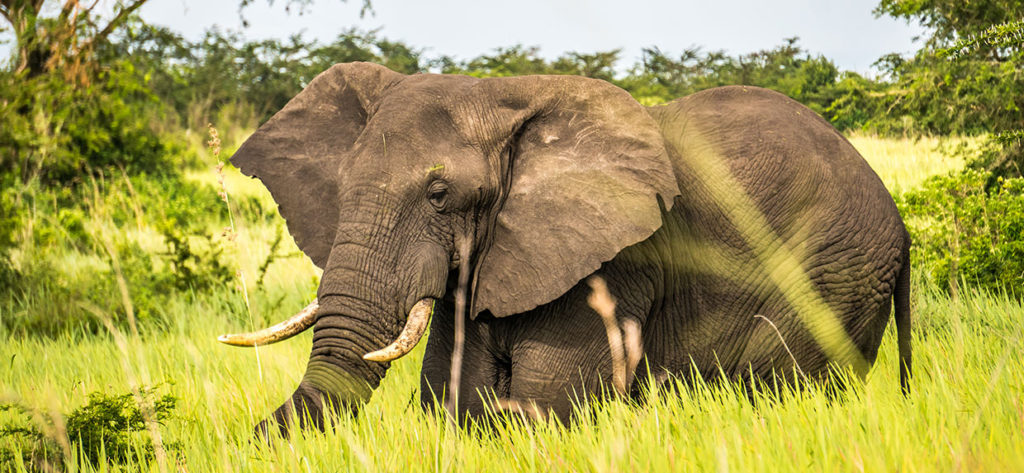The Smallest five animals in AfricaSmallest five animals in Africa
Africa’s Smallest Five animals: Ant Lion, Elephant Shrew, Leopard Tortoise, Rhino Beetle, & Buffalo Weaver.
Most people who’ve been or are planning to go on safari in Africa have definitely heard of, know or even seen the big five animals of Africa – even if this is at a local zoo – it counts!. However, that’s not all that Africa has got to offer. Did you know that Africa also has the smallest five animals? I Bet you did. Anyhow, the smallest five include; Ant Lion, Elephant Shrew, Leopard Tortoise, Rhinoceros Beetle, and Buffalo Weaver. We have briefly written about each Of these five below;
#5. Elephant Shrew
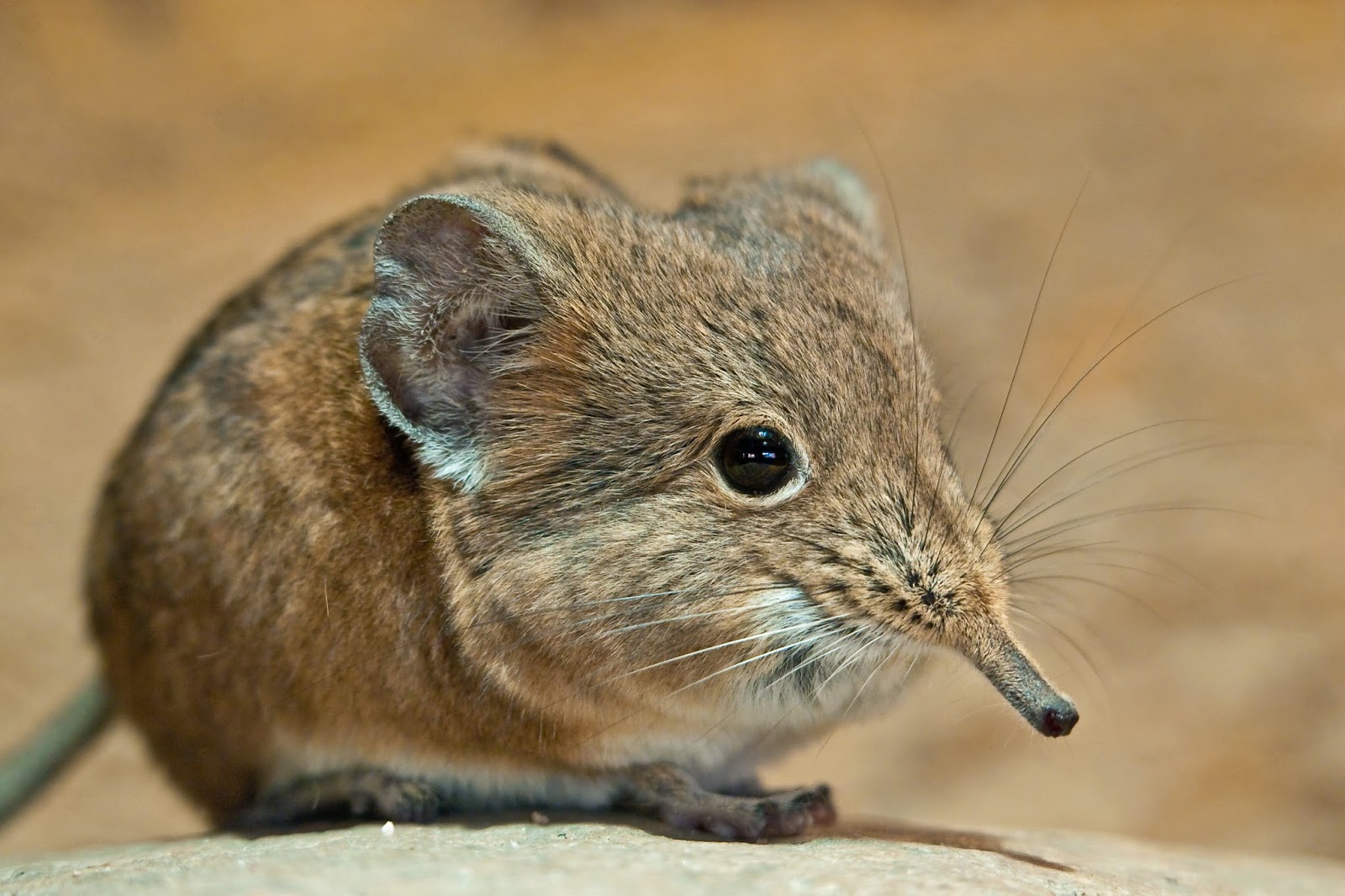
Elephants Shrews are named after their long trunk-like snouts which are flexible and used to sniff out insects to eat. They grow up to 30cm long and have relatively long legs which give them the ability to hop around – reportedly up to 3 feet in a single bounce.
Elephant Shrews are common across arid and wooded parts of Southern Africa and mark their territory with a scent produced by a gland under their tail, though they are shy animals and not frequently seen.
Places with occasional sightings of the rare Elephant shrew: Kanyio Pabidi inside Murchison falls National park in Uganda, Akagera National Park in Rwanda, Boni & Dodori national reserves In Northern Kenya, and at the Udzunga mountains National park of Tanzania.
#4. Antlion
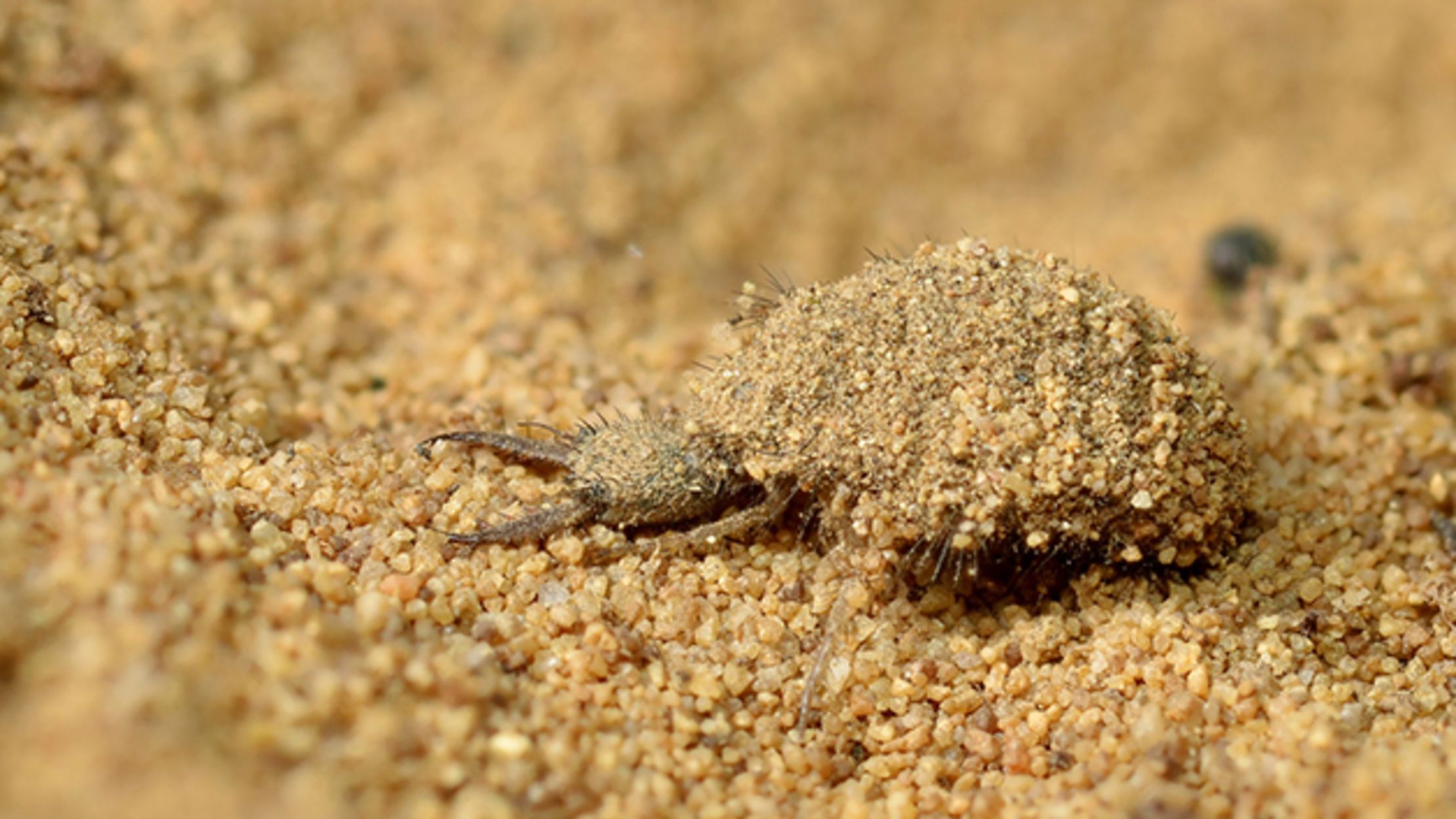
The Antlion is perhaps the smallest member of the smallest five animals of Africa – known as a doodlebug in America because of the patterns it makes in the sand – and found predominantly in sandy, arid areas throughout Africa. The Antlion has a wide body and large jaws and is the larvae stage of a flying insect known as the Antlion Lacewing that looks similar to a dragonfly. Antlions dig small funnel-shaped sand traps about two inches deep in dry, sunny spots – particularly on south-facing slopes – and wait at the bottom of it covered in sand so that only the head is protruding. Ants are their primary prey, hence the name.
#3. Buffalo Weaver
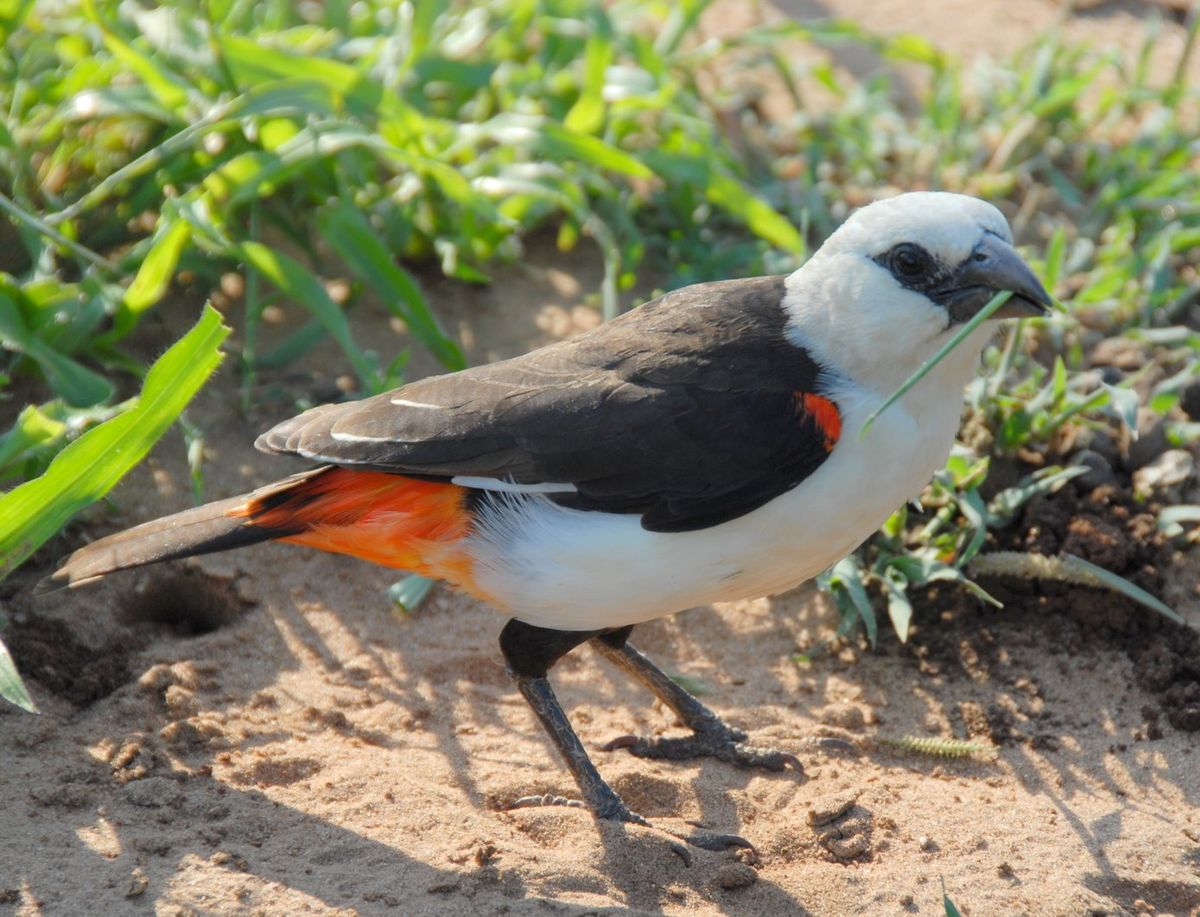
There are two species of Buffalo Weavers, the Common Black Buffalo Weaver, or White-headed Buffalo Weaver. Both species are large for weavers, and grow up to nine inches long. Buffalo Weavers are found in dry areas and are very common in East Africa where their diet is made up of small grass seeds, insects, and fruits. Buffalo Weavers make the poorest nests of all weavers – building large, communal nests of sticks and thorns with several side entrances. They’re a social bird with a wide range of easily identifiable calls.
Best places to spot the Buffalo weaver: Northeastern Karamoja area or Pian upe Game reserve and the larger Kidepo valley national park in Uganda, Akagera National Park in Rwanda, Masai Mara in Kenya, and at Tarangire National Park of Tanzania.
#2. Leopard Tortoise
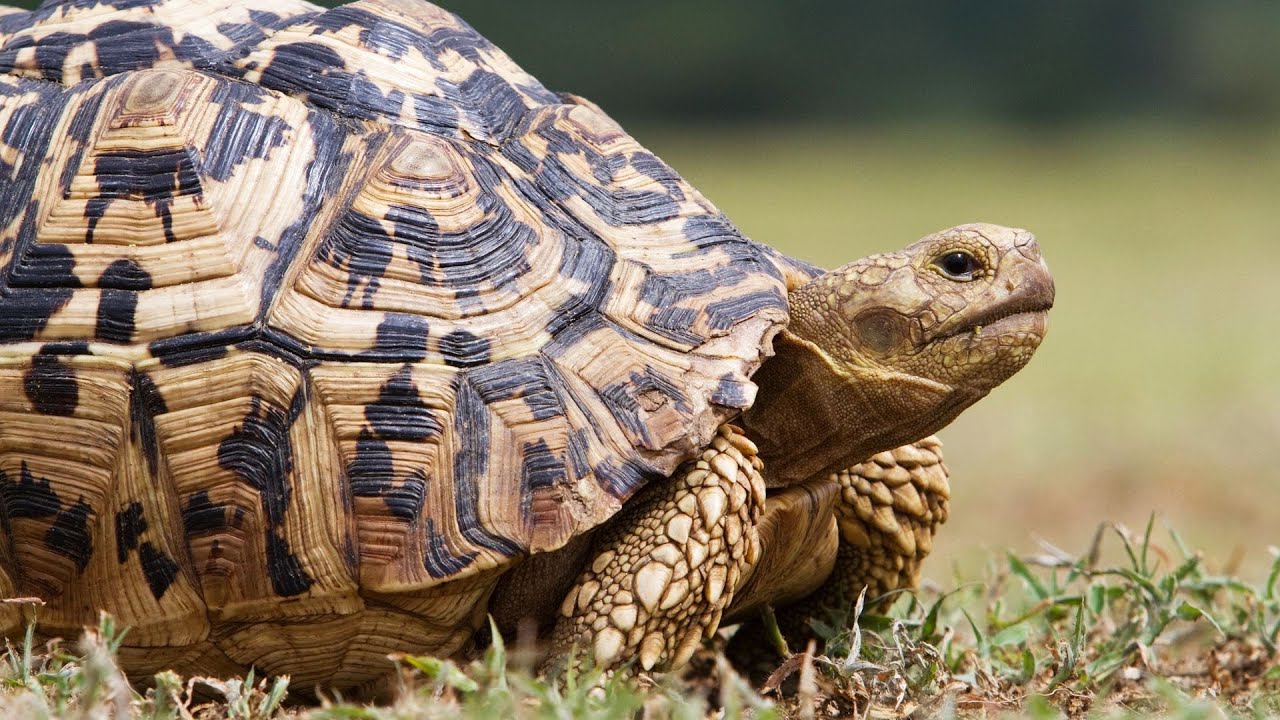 Leopard Tortoises are named after the striking leopard-like pattern on their shell. Young Leopard Tortoises have a dark brown or black pattern, and as they mature the spots get smaller on the hard, bumpy shell. As with most tortoise species the Leopard Tortoise are able to draw their head, tail, and legs into their shell for protection. Leopard Tortoises live across East and Southern Africa in savannah habitats and are herbivorous, eating grass and succulents – a well-deserving member of the little five.
Leopard Tortoises are named after the striking leopard-like pattern on their shell. Young Leopard Tortoises have a dark brown or black pattern, and as they mature the spots get smaller on the hard, bumpy shell. As with most tortoise species the Leopard Tortoise are able to draw their head, tail, and legs into their shell for protection. Leopard Tortoises live across East and Southern Africa in savannah habitats and are herbivorous, eating grass and succulents – a well-deserving member of the little five.
Best places to spot the Buffalo weaver: Northeastern Karamoja area or Pian upe Game reserve and the larger Kidepo valley national park in Uganda, Akagera National Park in Rwanda, Masai Mara in Kenya, and at Tarangire National Park of Tanzania.
#1. Rhinoceros Beetle The Smallest five animals in Africa
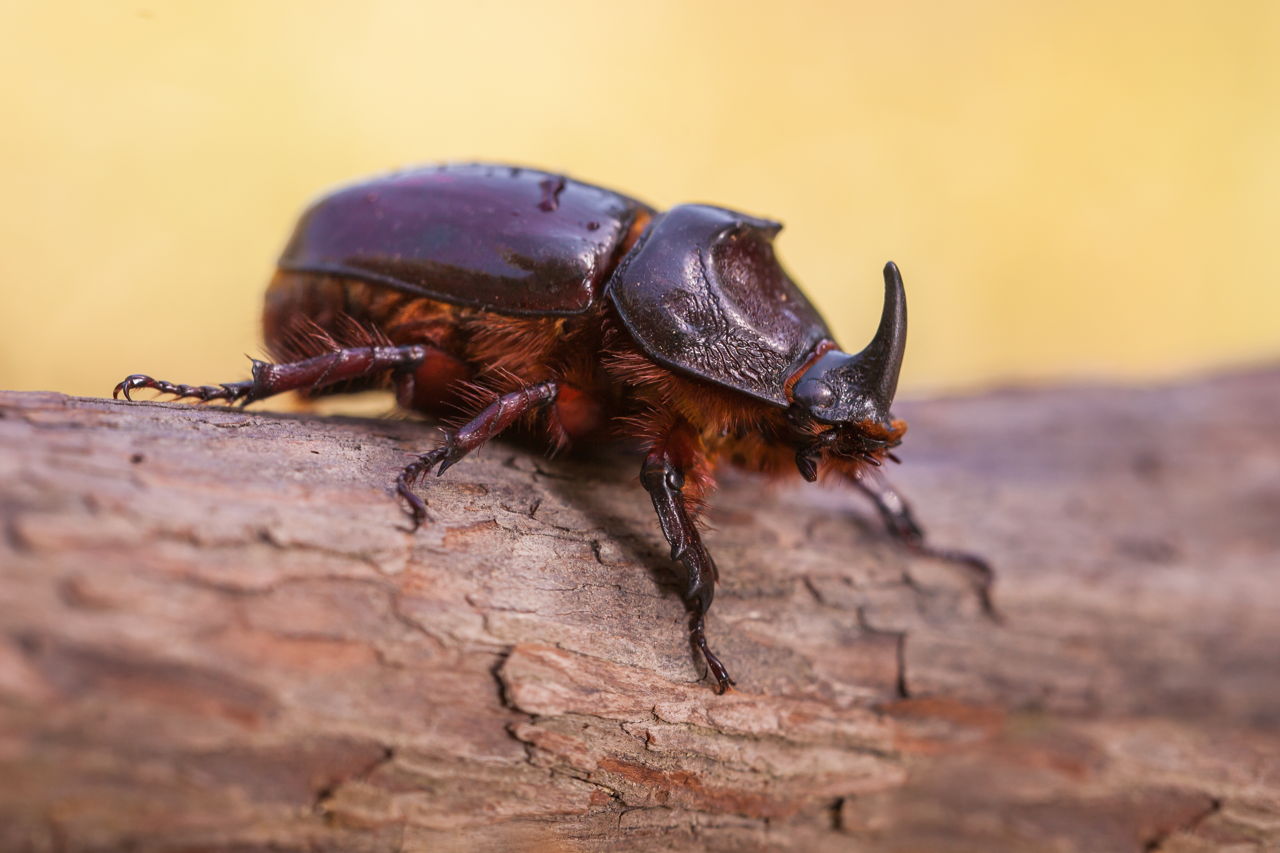
Found across Southern Africa the Rhino Beetle is a large insect that’s part of the scarab beetle family – with extraordinary body armour. The Rhino Beetle larvae can take up to five years to mature into an adult. Growing up to 2.5 inches long the male Rhino Beetle has a large horn it uses to fight other makes – hence the name. Rhino Beetles also use their horns to dig for food in the undergrowth or rotting wood and have a diverse diet including rotting fruit, bark, sap and vegetable matter. Proportionally to their size, Rhino Beetles are among the strongest animals in the world.
Learn More about the Rhino Beetle
Look, you might like this:

